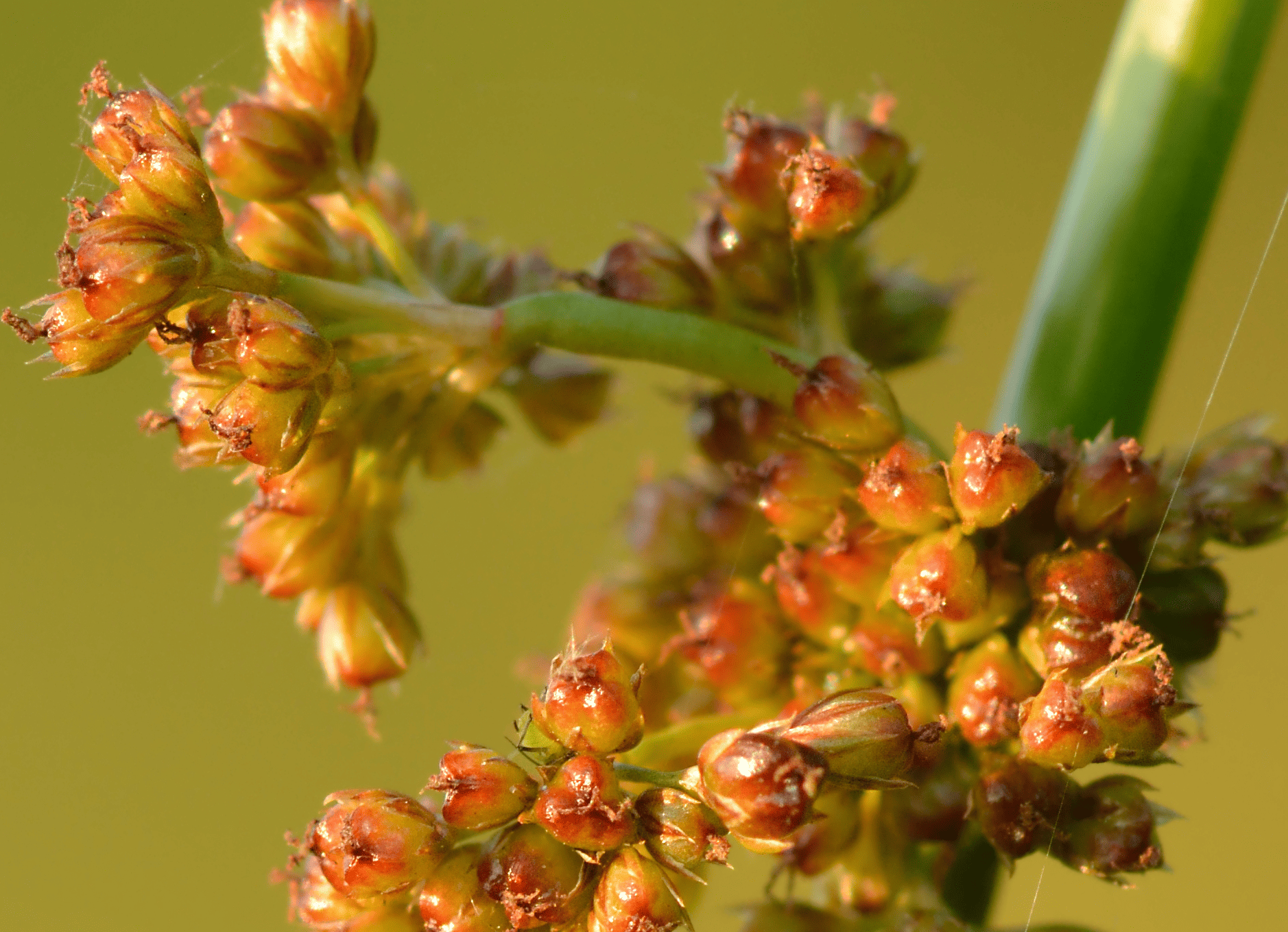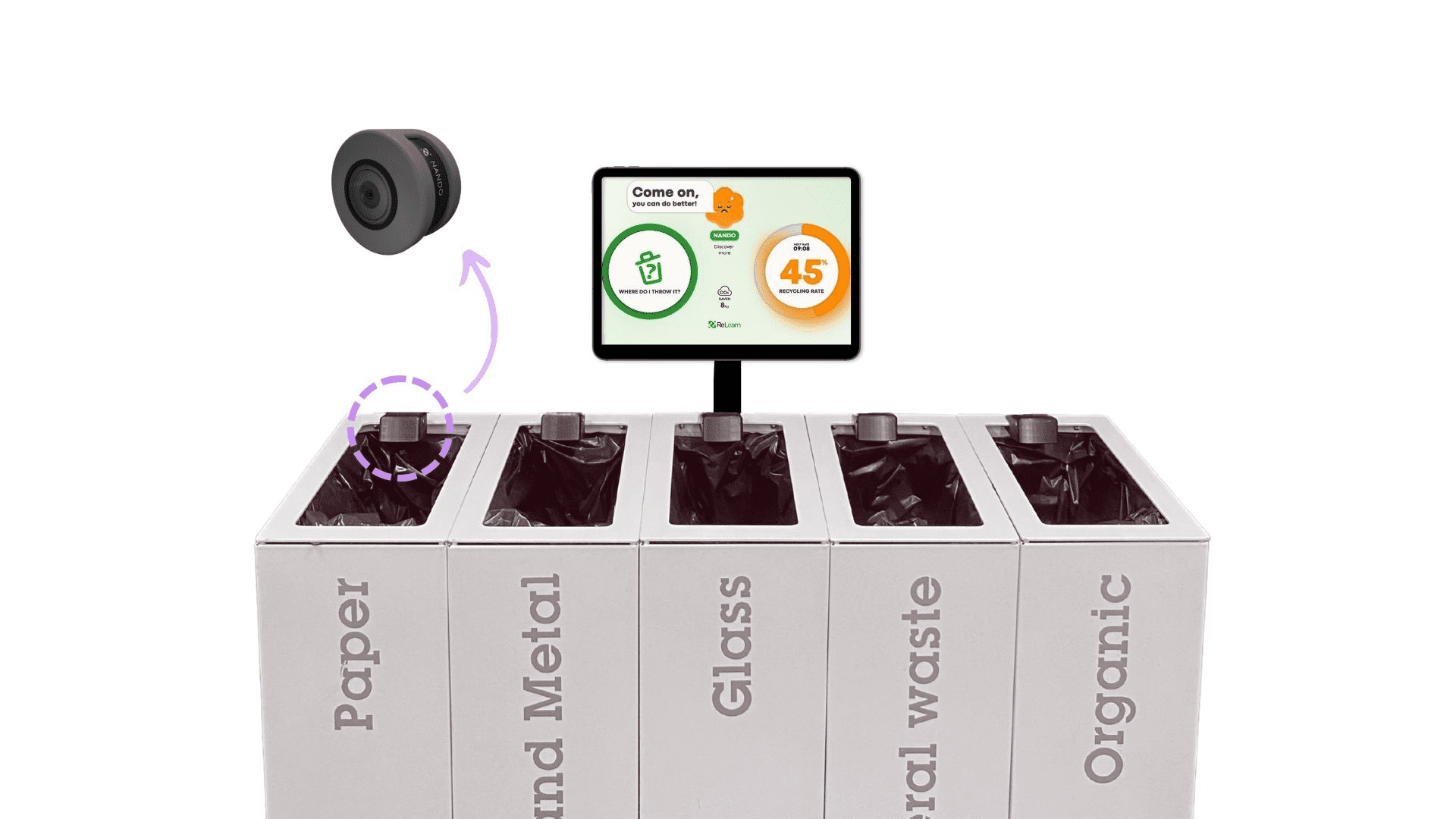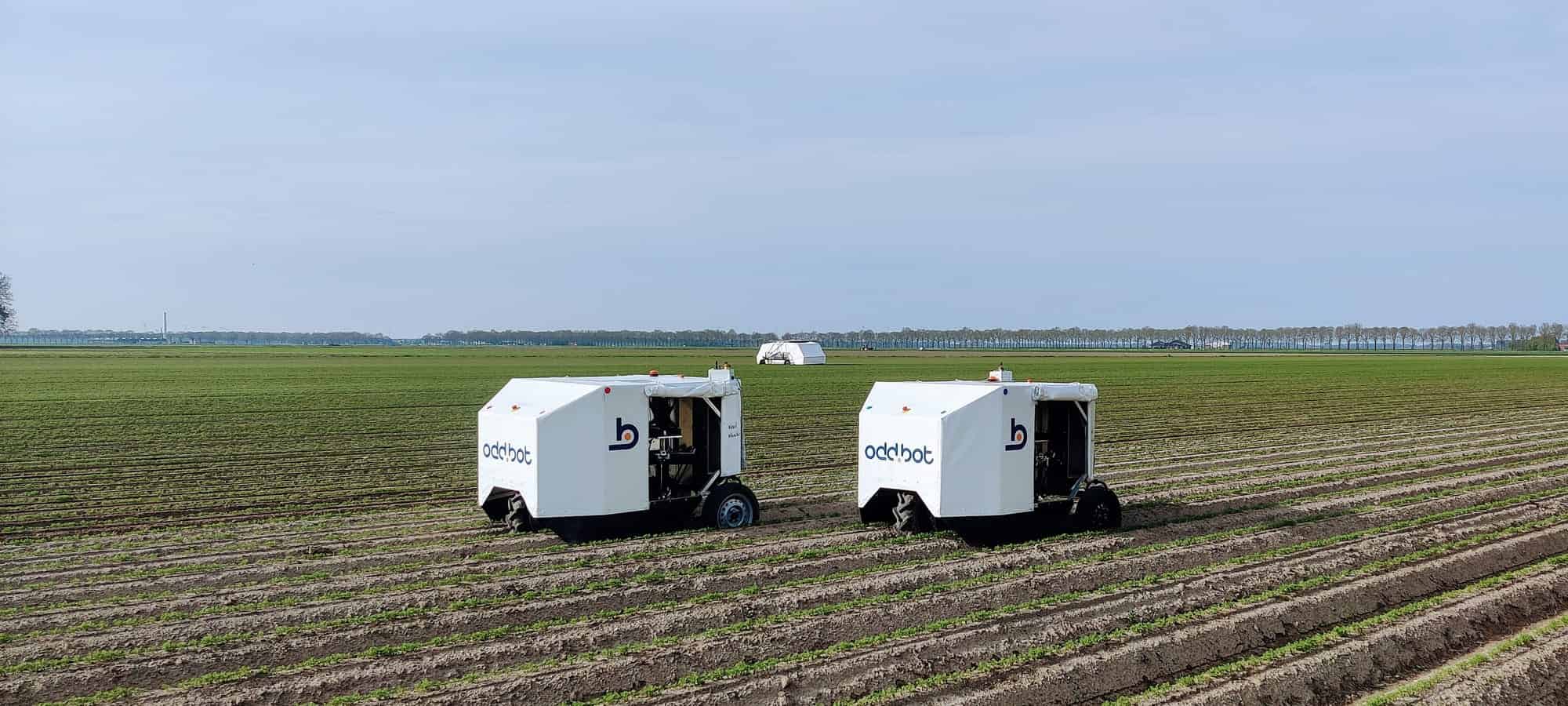
Who would have thought that weeds would be the basis for innovation? Qi Chen, PhD student at the University of Groningen (RUG), is developing a plant-based sensor, the size of an SD card, says the RUG in a press release. Chen: ‘This sensor uses a green form of energy: it harvests movement, and converts it into an electrical signal.’ This allows the sensor to recognise specific movements. To do that, she cleverly exploited the natural properties of the pitrus plant, a persistent weed that grows mostly in wet areas.
Why you need to know this:
Sustainable ways to generate energy, will help us in the transition towards a green future.
Stems of the pitrus plant
The sensor generates electricity using the same principle that gives you a shock in winter when you grab the door handle: the triboelectric effect. An electric charge builds up due to friction between two materials, for example your shoe soles and a carpet. In Chen’s sensor, when you move, two rough strips rub against each other, producing a current.

By chance, Chen discovered that the material of the pitrus plant was ideally suited for making such rough strips. She was already working with this plant because the inside of the stem has an open, foam-like structure; something that is difficult to produce artificially. One day, she spilled some of the mixture with pitrus material on a piece of aluminium foil. ‘And I was too lazy to clean it up,’ laughs Chen. The next day, a wafer-thin layer had formed, which was extra rough due to its open structure.
Two such wafer-thin layers underlie this sensor, making it doubly green: it needs no battery, AND the material itself has not undergone an intensive manufacturing process. Chen: ‘The municipality fights the pitrus plant as a weed, but in our lab it is a valuable raw material.’
Applications
The sensor is still in the lab phase. Nevertheless, several applications for it in ‘the real world’ can be imagined. The can serve as a motion sensor. You can put it in your shoe, and when you walk, jump or run, it emits a specific signal.
Chen is currently working on other applications of the plant material: she wants to use the pitrus plant in a battery, and to remove pollution from water.








